
views

Choose the wrestlers. When choosing people for the wrestling, you need to ensure variety, appropriate numbers, the right characters and safety. Consider the following things: Number of participants. Two to six is ideal. Two-person bouts are classic. Of course, larger groups are okay but will add chaos. Try triple-threat, fatal-four-way and be sure to have clear rules. Style mix. Pair contrasting styles to generate interesting conflict. For example, pair a high-flyer with a powerhouse. Character alignment. Balance faces (heroes) and heels (villains) to create clear audience sympathies. Story continuity. Use wrestlers who already have existing feuds or alliances. This helps to give the match narrative weight. Physical safety. Ensure all participants are comfortable with any planned spots or weapons. Example: A three‑person “Sky‑High Scramble” featuring a high‑flyer, a technical grappler, and a brawler creates dynamic interactions and varied pacing.

Establish a set of rules for the match. In doing this, you need to watch for: Basic structure. Decide if it’s a standard pin‑fall, submission, or a specialty format (e.g., ladder, cage). Win conditions. Single pin, first fall, timed rounds, or a points system. Disqualifications. Specify prohibited moves or weapons; decide whether outside interference is allowed. Special stipulations. Add twists like “no‑count‑out,” “sudden death overtime,” or “escape the cage.” Tip: Write the rule set as a bullet list. Doing this allows you to test it for clarity. Ambiguities lead to confusion mid‑match.

Establish a description of the match. A vivid description sets expectations for both performers and the audience. Include: Atmosphere – Lighting, music, and crowd involvement. Narrative hook – Why are these wrestlers competing? (e.g., “to settle a 12‑month rivalry”). Key moments – Planned high spots or turning points that drive the story. Sample paragraph: “The arena darkens as the lights go down. A thunderous bass drop reverberates through the crowd. Three competitors boldly emerge: ‘The Phoenix’ soaring from the rafters, ‘The Technician’ methodically pacing the ring, and ‘The Beast’ crushing the mat with each step. Their eyes lock, each confident they’ll be the one to claim the coveted Sky‑High trophy.”
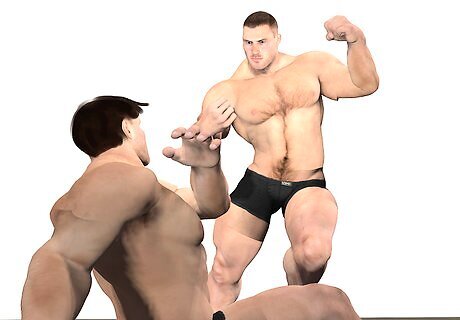
Come up with the object of the match. Beyond the basic conditions for winning, it can make things more exciting for competitors and audience alike if you add secondary objectives. To add layers, consider: Trophy or title. A physical prize gives tangible stakes. Story advancement. Winning could trigger a title shot or a story-line twist. Audience interaction. Allow fans to vote on a “wild card” element that changes the match midway. Example objective: The first wrestler to retrieve a suspended championship belt from a high platform wins, but a successful pin after the retrieval also counts as a win.

Choose the venue where the match takes place. This location should complement the theme of the match: Standard ring: Traditional bouts, technical showcases. Steel cage: Brutal, no‑escape narratives. Ladder/structure: High‑risk, retrieval‑focused matches. Outdoor arena: Festival‑style events, unique lighting Themed arena (e.g., haunted house): Horror or supernatural gimmicks Logistics to consider: Seating capacity, safety barriers, lighting rigs, and any special equipment needed for the match’s stipulations.
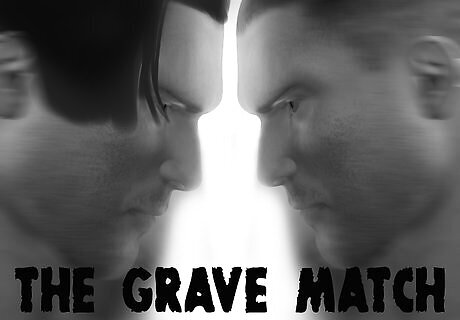
Come up with a name for the match. A strong name captures the essence of the whole event and helps you sell the concept. Here are some guidelines for this trickier part: Reflect the core gimmick. Mention the key element (e.g., “Ladder,” “Cage”). Add intrigue. Use adjectives that evoke excitement (“Extreme,” “Ultimate”). Keep it concise. Two to four words work best for promotional marketing. Brainstorming formula: [Adjective] + [Stipulation] + [Theme]. Examples: “Chaos Cage Clash” – cage match with no‑disqualification rules; “Sky‑High Scramble” – ladder match with three high‑flyers; “Iron Man Inferno” – timed match with fire‑based obstacles.
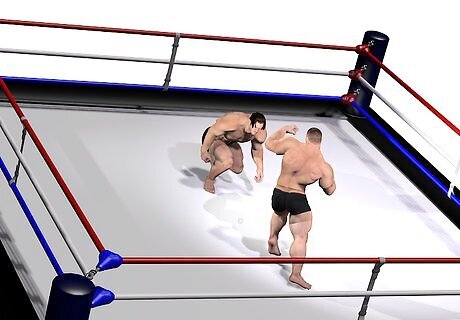
Try the match out first. It's important to do a trial run before presenting your event to a live audience. Here's how to do this: Run a rehearsal with the wrestlers to spot timing issues or unsafe spots. Gather feedback from coaches, referees, and production staff. Adjust rules, pacing, or equipment based on the trial. A short “sandbox” run (10‑15 minutes) often reveals hidden problems, such as a weapon that’s too cumbersome or a rule that’s too vague.











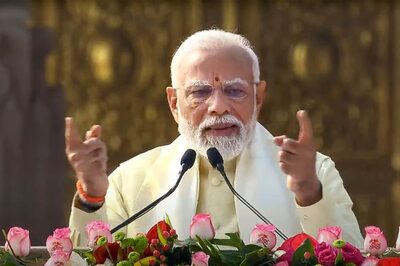






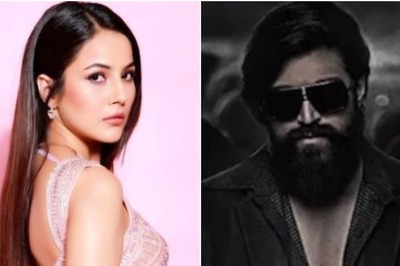

Comments
0 comment